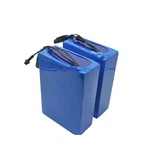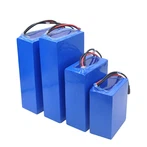As electric bicycles (ebikes) continue to gain popularity for their convenience and eco-friendliness, the significance of a reliable battery cannot be overstated. The battery is the heart of any ebike, powering the motor and determining the range and performance. Among the various options available, the 48V battery pack has emerged as a popular choice for many riders. This article will explore the best 48V ebike battery packs, compare different voltage options, and provide essential insights to help you choose the right battery for your needs.
Understanding 48V Batteries
The Basics of 48V Batteries
A 48V battery consists of multiple cells connected in series, typically using lithium-ion technology. This voltage is favored in the ebike community due to its balance of power and efficiency. A 48V system allows for higher wattage, which translates to more powerful motors and better overall performance.
Voltage and Amp Hours (Ah)
When selecting a battery, it's essential to understand two critical specifications: voltage (V) and amp hours (Ah). Voltage indicates the potential energy the battery can deliver, while amp hours measure the battery's capacity. For example, a 48V battery with a capacity of 15Ah can deliver 720 watt-hours (Wh) of energy, calculated by multiplying voltage by amp hours (48V × 15Ah = 720Wh). This means that the battery can power a 720-watt motor for one hour, or a 360-watt motor for two hours, and so on.
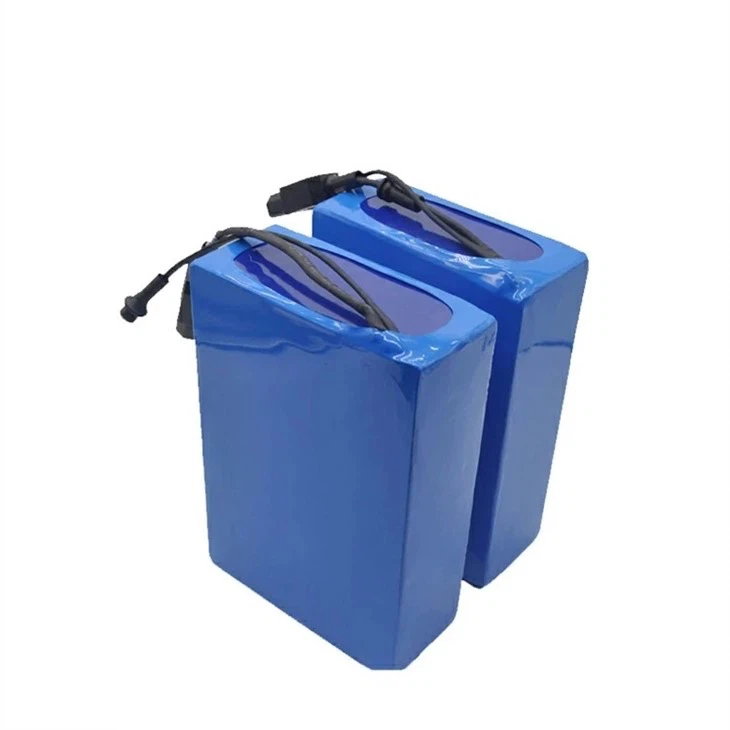
Comparing Ebike Battery Options: 24V, 36V, 48V, and 52V
Understanding the differences between various voltage options is crucial for making an informed choice.
24V Batteries
24V batteries are typically found in entry-level ebikes and are suited for short distances and light commuting. While they are cost-effective, their limited power makes them less suitable for steep hills or long rides. Riders looking for performance may find 24V batteries inadequate.
36V Batteries
36V batteries offer a step up from 24V systems, providing more power and efficiency. They are commonly used in mid-range ebikes, striking a good balance between weight, size, and performance. However, they may still struggle in demanding conditions or with heavier loads.
48V Batteries
As previously mentioned, 48V batteries are popular among serious cyclists. They provide ample power for both flat and hilly terrains, making them ideal for a variety of riding styles, from commuting to off-road adventures. A 48V system can accommodate more powerful motors, enhancing acceleration and overall performance.
52V Batteries
52V batteries are a newer option, offering even more power for high-performance ebikes. While they provide excellent acceleration and speed, they can also lead to increased weight and complexity. Riders should consider whether their bike can accommodate the higher voltage and if their riding style warrants the investment.
Choosing the Best Battery Pack: Key Factors
When selecting the best 48V ebike battery pack, several factors come into play:
Capacity (Amp Hours)
Higher capacity batteries can provide longer ranges, allowing riders to go further on a single charge. Consider your riding habits and typical distances. If you frequently ride long distances, a battery with at least 15Ah is recommended.
Battery Type
Lithium-ion batteries are the most popular choice due to their lightweight, long lifespan, and efficient performance. They come in various chemistries, including Lithium Cobalt Oxide (LCO), Lithium Iron Phosphate (LFP), and Lithium Manganese Oxide (LMO). Among these, lithium nickel manganese cobalt oxide (NMC) is often favored for its balance of energy density and safety.
Charging Time and Efficiency
Charging time varies significantly between battery models. Look for batteries that offer fast charging capabilities, ideally completing a full charge in four to six hours. Additionally, consider the efficiency of the battery during discharge; high-quality batteries maintain their performance over time, providing consistent power.
Battery Management System (BMS)
A robust Battery Management System is essential for maintaining battery health and safety. A good BMS will protect against overcharging, overheating, and short circuits, ensuring the longevity of your battery. Always choose brands that prioritize safety features in their battery packs.
Durability and Brand Reputation
Investing in a reputable brand can make a significant difference in performance and reliability. Look for batteries with solid warranties and positive customer reviews. Established brands often provide better customer support and replacement options if needed.
Top 48V Ebike Battery Packs: Recommendations
Here are some of the best 48V ebike battery packs currently available on the market:

1. Bafang 48V 17.5Ah Battery
Capacity: 17.5Ah
Output: 840Wh
Type: Lithium-ion
Pros: High capacity, excellent range, compact design
Cons: Slightly heavier than some competitors
The Bafang 48V 17.5Ah battery is well-known for its reliability and performance. It offers an impressive range, making it suitable for long-distance commuting or recreational riding. The compact design makes it easy to install on most ebikes.
2. Samsung 48V 14Ah Lithium-ion Battery
Capacity: 14Ah
Output: 672Wh
Type: Lithium-ion
Pros: High-quality cells, reliable performance, fast charging
Cons: Higher price point
Samsung is renowned for its high-quality battery technology, and this 48V model is no exception. With a fast charging capability, it's ideal for riders who need a quick turnaround. While it may come at a premium, the performance justifies the investment.
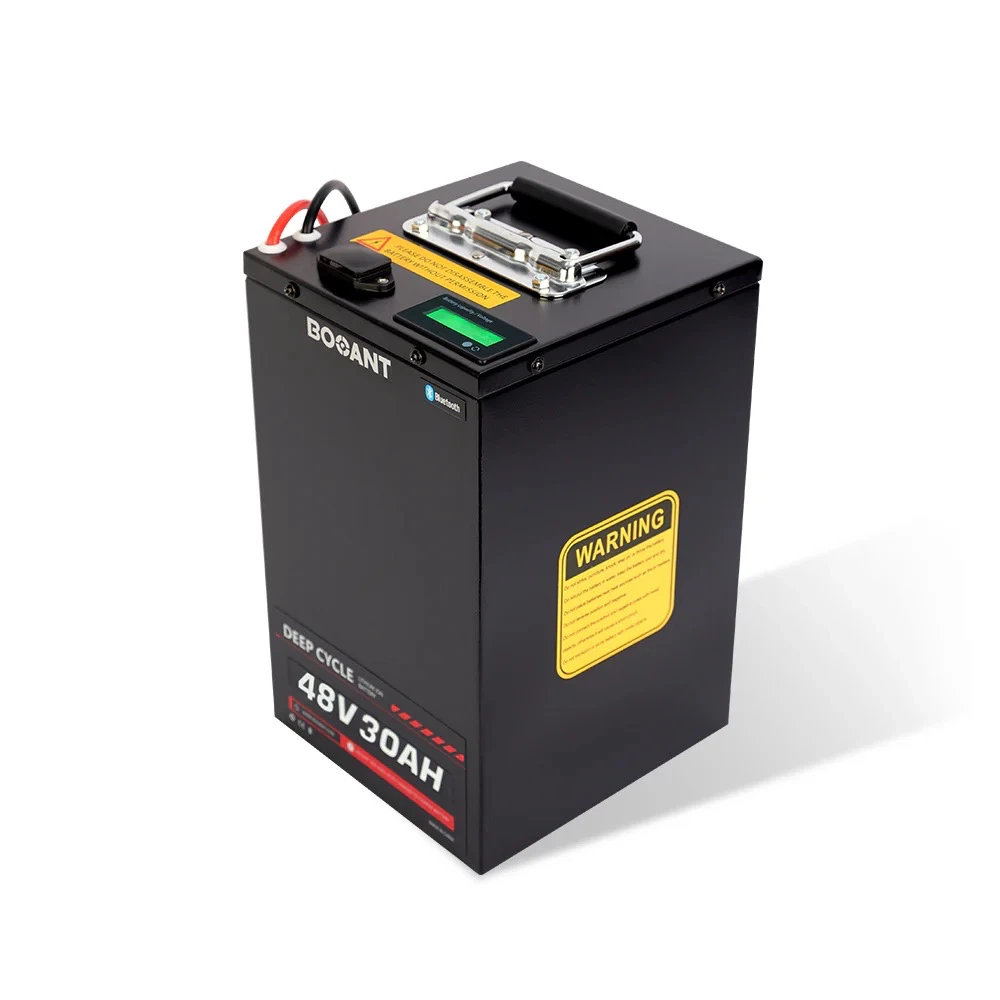
3. DollaTek 48V 20Ah Lithium-ion Battery
Capacity: 20Ah
Output: 960Wh
Type: Lithium-ion
Pros: High capacity, good for heavy riders, long-range
Cons: Bulkier and heavier
For those who prioritize range, the DollaTek 48V 20Ah battery is an excellent choice. It's particularly suitable for heavier riders or those who carry additional loads, providing a robust power supply for demanding rides.
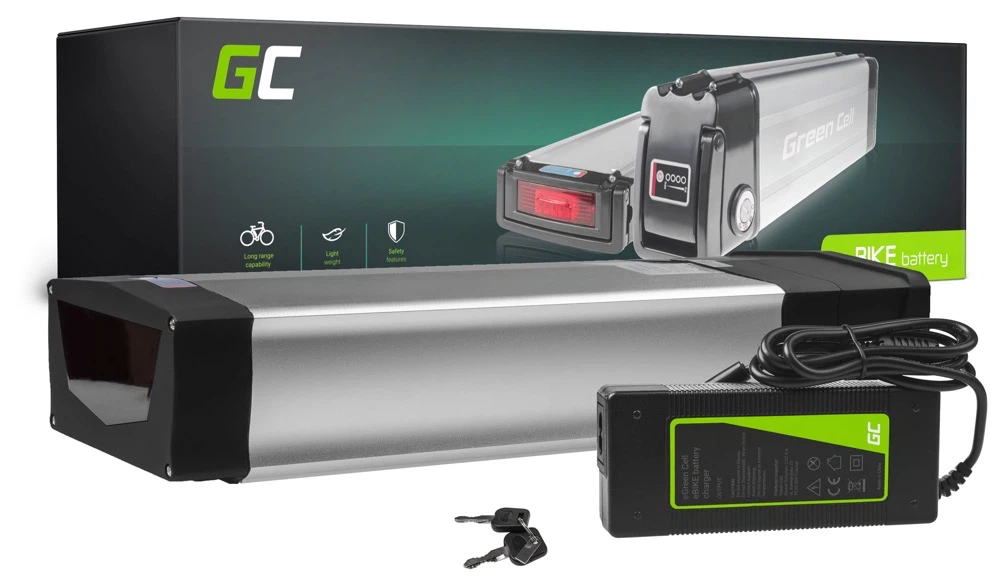
4. Green Cell 48V 12Ah Battery
Capacity: 12Ah
Output: 576Wh
Type: Lithium-ion
Pros: Lightweight, good for city commuting, cost-effective
Cons: Limited range compared to higher-capacity options
If you're looking for a budget-friendly option for city commuting, the Green Cell 48V 12Ah battery is a solid choice. Its lightweight design makes it easy to handle, although it may require more frequent charging for longer rides.
5. GEB Hailong Battery 48v 20ah
|
Type: |
Lithium Battery |
|
Model Number: |
hailong battery 48v 20ah |
|
Brand Name: |
GEB |
|
Certifications: |
CE |
|
Dimension: |
378*110*90mm |
|
Weight: |
Approx. 4.5KG |
|
Application: |
E-bike, E-scooter |
6. Sinewave Cycles 48V 13.5Ah Battery
Capacity: 13.5Ah
Output: 648Wh
Type: Lithium-ion
Pros: Excellent build quality, reliable performance, great for touring
Cons: Slightly higher price
Designed with touring in mind, the Sinewave Cycles battery is built for long-lasting performance and reliability. Its robust construction and excellent reviews make it a favorite among long-distance riders.
Factors Affecting Battery Performance
Several factors can influence the performance and lifespan of your ebike battery:
Temperature
Temperature plays a crucial role in battery performance. Extreme heat can degrade battery cells, while cold temperatures can reduce available capacity. It's essential to store and use your battery within the manufacturer's recommended temperature range to maximize longevity.
Usage and Charging Habits
How you use and charge your battery significantly affects its lifespan. Regularly fully charging and discharging your battery can lead to faster degradation. Instead, aim to keep your battery charged between 20% and 80% for optimal health.
Riding Style
Aggressive riding styles that require frequent acceleration and deceleration can strain your battery. If you tend to ride at high speeds or tackle steep inclines, consider a higher-capacity battery to accommodate your needs.








